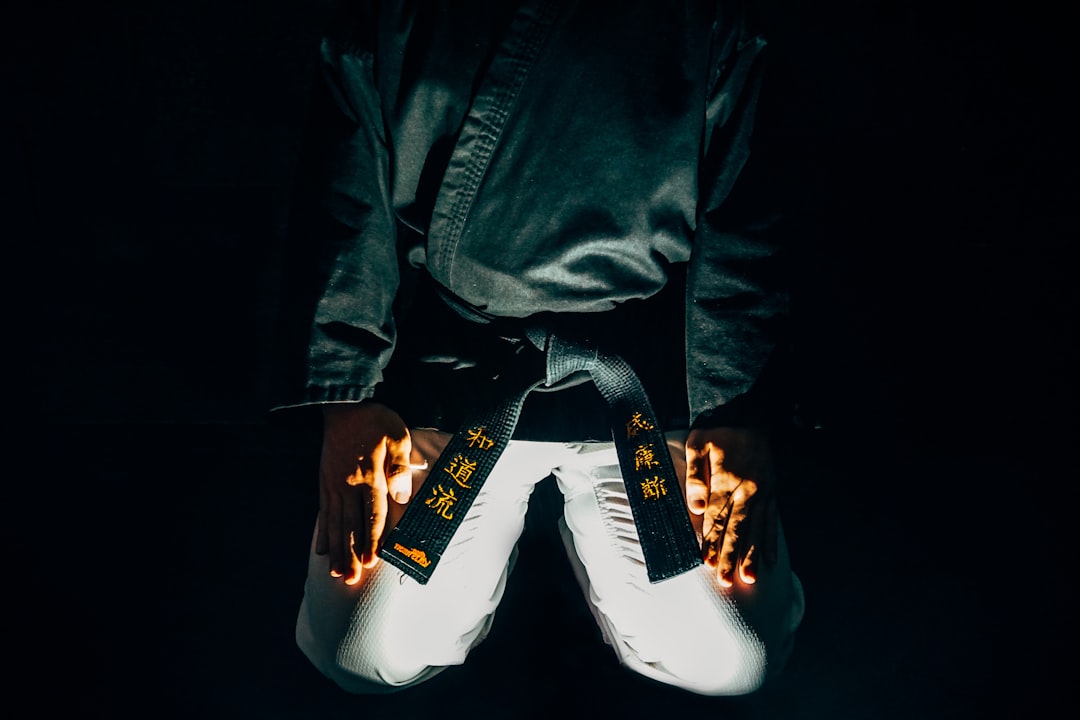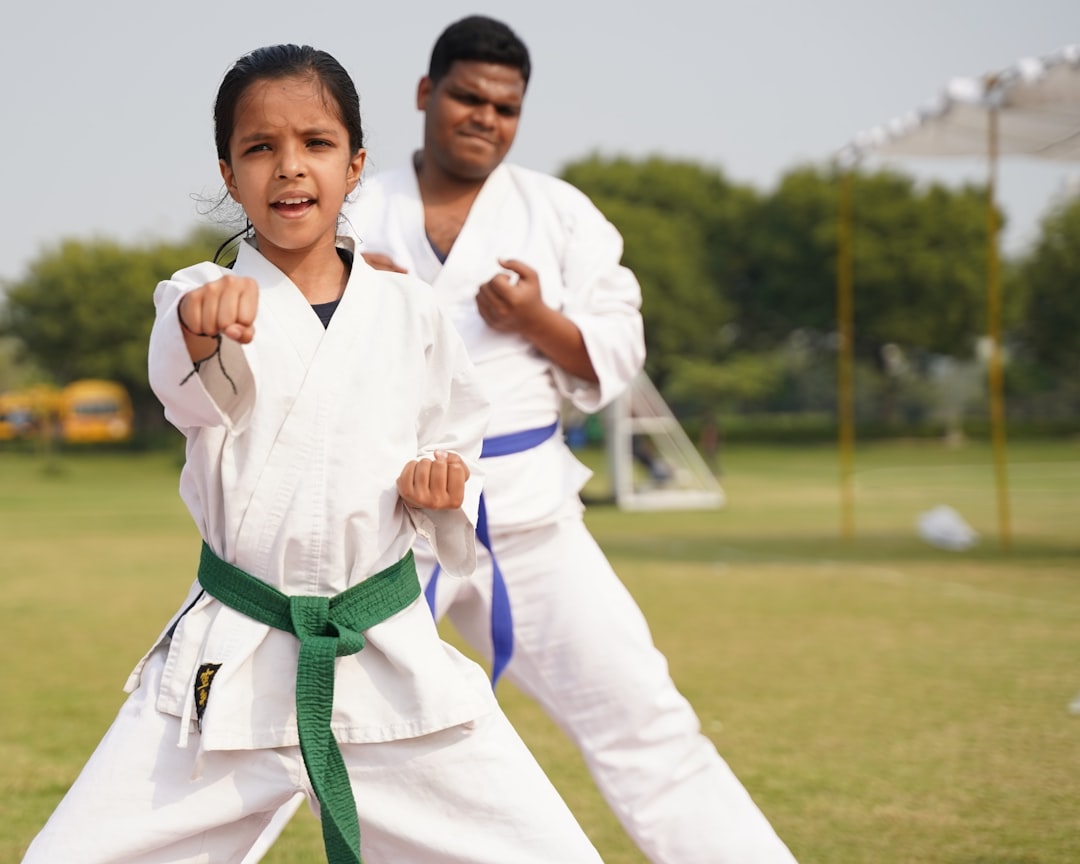The "karategi" or "keikogi," commonly known as a karate suit, is the standard training attire in karate and other martial arts. This article dissects the correct terminology and significance of this garment, emphasizing its traditional and functional role. The traditional karategi, referred to as a Karate Gi, originates from Okinawa and has evolved over time to meet contemporary training needs. It is typically a white cotton or blend outfit with a ranking belt, retaining elements of its historical design while incorporating modern materials for comfort and durability. Selecting the right karategi involves considering both traditional standards and personal comfort; high-quality cotton or a polyester blend is recommended for their balance of strength and flexibility. Proper fit is crucial to avoid restricting movement or having excess fabric that could impede performance. When caring for your karategi, it's important to rinse in cold water after use, wash with a mild detergent monthly, air-dry flat without direct sunlight, and avoid bleach and softeners to preserve its condition and functionality. This upholds the tradition of martial arts while ensuring the garment remains effective for training purposes.
Embark on a journey through the dynamic world of karate, where the uniform is not merely an attire but a symbol of tradition and discipline. Known colloquially as the ‘karate gi,’ this garment’s origins and evolution reflect the rich heritage of martial arts. This article delves into the name and significance of the karate suit, tracing its transformation from antiquity to modern-day practice. Whether you’re a seasoned practitioner or an enthusiastic novice, understanding the essential characteristics of a standard karate suit is key to honoring this ancient tradition. Learn how to select the ideal gi for your training and master the art of maintaining it to withstand the rigors of karate.
- Understanding the Essentials: The Karate Suit Explained
- Evolution of the Karate Gi: From Traditional to Modern
- Key Characteristics of a Standard Karate Suit
- Choosing the Right Karate Suit: Factors to Consider
- Caring for Your Karate Suit: Maintenance and Upkeep Tips
Understanding the Essentials: The Karate Suit Explained

When delving into the world of martial arts, one term that consistently surfaces is “karate suit.” But what is the precise name for this garment? The karate suit, also known as a karategi or keikogi, is the traditional attire worn by practitioners during training and competitions. It serves a practical purpose, providing both comfort and durability, allowing for full range of motion while withstanding the demands of sparring and kata performance. The suit typically features a simple design with straight lines to facilitate easy movement. Is it necessary for the suit to adhere to specific colors or designs? Generally, traditional karate suits are white, which symbolizes purity and cleanliness, both physically and spiritually. This choice of color is also practical; its brightness makes any stains or damage clearly visible, enabling instructors to quickly assess an individual’s technique and correct any discrepancies in form or alignment. Whether you are a beginner or an advanced practitioner, understanding the significance of the karate suit is fundamental to respecting the discipline’s traditions while embracing its dynamic practice.
Evolution of the Karate Gi: From Traditional to Modern

The term “karate suit name” often refers to what is commonly known as a “Karate Gi.” This traditional garment has undergone significant changes over time, evolving from its original form to the more contemporary versions worn by practitioners around the globe. Historically, the Gi was inspired by the martial arts training attire of Okinawa, where it originated. As karate spread beyond its island roots, so too did the Gi, adapting to different climates and cultural norms. Today’s karate suits are standardized in color and design, typically white with a belt indicating the wearer’s rank, yet they still retain the essence of their traditional beginnings. What is the modern karate suit made of? Modern Karate Gis are usually constructed from lightweight cotton or a cotton blend, offering both durability and breathability for the practitioner during intense training sessions. Are there any variations in the design or materials of the Gi used in different styles of karate? Yes, while most karate suits adhere to a common template, some styles may incorporate slight variations, such as specific cuts or reinforcements, to better suit their particular techniques and training methods. Additionally, the weight and thickness of the fabric can vary to cater to individual preferences and environmental conditions. The evolution of the karate Gi reflects both the preservation of tradition and the practical adaptations necessary for modern martial arts practice.
Key Characteristics of a Standard Karate Suit

A traditional karate suit, commonly known as a gi, is characterized by its simplicity and functionality. The standard karate gi typically consists of a jacket, trousers, and a belt, known as an obi. The jacket, or ‘ueno’, should reach just above the knees, offering a range of motion while practicing techniques. It features long sleeves with no collar, reflecting the minimalist approach that prioritizes comfort and ease of movement over elaborate designs. The trousers, called ‘rekko’, are straight-legged and fall just above or at the ankle, allowing for full mobility during various karate movements. The fabric of both the jacket and trousers is usually made of heavy cotton or a cotton blend, providing durability and breathability. Additionally, the thickness of the fabric varies with the weight and preference of the wearer, ranging from light to heavy.
The belt, ‘obi’, tied around the waist, serves not only as an accessory but also plays a role in holding the garment together during practice. It is available in various colors, each signifying different ranks or levels of proficiency in karate. The white belt is the beginning point for most practitioners, symbolizing purity and innocence. As a practitioner advances, they progress through different colored belts, culminating, for some styles, with a black belt, which represents mastery and expertise in the art of karate. The sash, ‘obiage’, that ties the obi, is typically white, adding to the clean and focused appearance characteristic of karate practitioners. Wearing a karate gi that adheres to these key characteristics not only shows respect for the discipline but also ensures that the wearer is well-prepared to engage in the practice of karate.
Choosing the Right Karate Suit: Factors to Consider

When selecting a karate suit, also known as a gi, for your training or competition, it’s crucial to consider several factors to ensure both comfort and adherence to traditional standards. Firstly, the fabric of the gi should be durable yet breathable, allowing you to move freely without overheating. Does the material feel sturdy enough to withstand repeated movements and falls? Is it lightweight enough for intensive practice sessions? Opting for a high-quality cotton or a durable polyester blend is often recommended, as these materials offer both longevity and flexibility.
Secondly, the fit of the gi is paramount. It should not be too tight, restricting your movements, nor too loose, causing it to catch on objects or slip off during practice. Are the sleeves and pants hemmed appropriately for your height and build? A well-fitted karate suit will stay in place, enabling you to concentrate on your techniques rather than adjusting your attire. Additionally, consider whether the jacket length is suitable for your reach when your arms are at your sides. Ensuring that the white karate suit, which is the most common and traditionally correct choice, meets these criteria will help you perform at your best. Remember to check the care instructions on the label before making your purchase to maintain the integrity of your gi over time.
Caring for Your Karate Suit: Maintenance and Upkeep Tips

When it comes to maintaining your karate suit, also known as a keikogi in Japanese, proper care is crucial for extending its lifespan and ensuring it remains functional during practice. To begin with, always refer to the specific care instructions provided by the manufacturer, as different materials may have unique requirements. Generally, after each use, rinse your karate suit in cold water to remove any sweat or debris. This helps prevent odors from setting in and ensures the suit retains its shape and functionality. It’s also important to wash your keikogi regularly; once a month is recommended to maintain hygiene. When washing, use a gentle detergent and wash it separately from other garments to protect it from snagging on rougher fabrics or zippers. Avoid using bleach or fabric softeners, as these can damage the suit’s material and impact its performance characteristics. After washing, hang the suit to dry flat in a well-ventilated area away from direct sunlight, which can cause fading and weaken the fabric over time. Proper care of your karate suit not only respects the tradition of martial arts but also ensures that you have a durable and reliable garment for your practice.
In conclusion, the karate suit, commonly known as a ‘ki’ in Japanese, serves as both a traditional symbol and a practical garment for practitioners of this martial art. Its evolution from simple loincloths to the modern, standardized gi reflects the discipline’s growth and adaptability over time. When selecting a karate suit, one must consider not only the fabric and fit but also the color, weight, and brand that align with their practice and preferences. Proper care and maintenance of the suit ensure its durability and comfort, allowing for optimal performance during training or competition. Whether you are a beginner or an experienced martial artist, understanding the karate suit name and its significance adds depth to your practice, grounding it in the rich history and tradition that defines this dynamic discipline.
